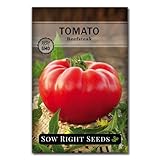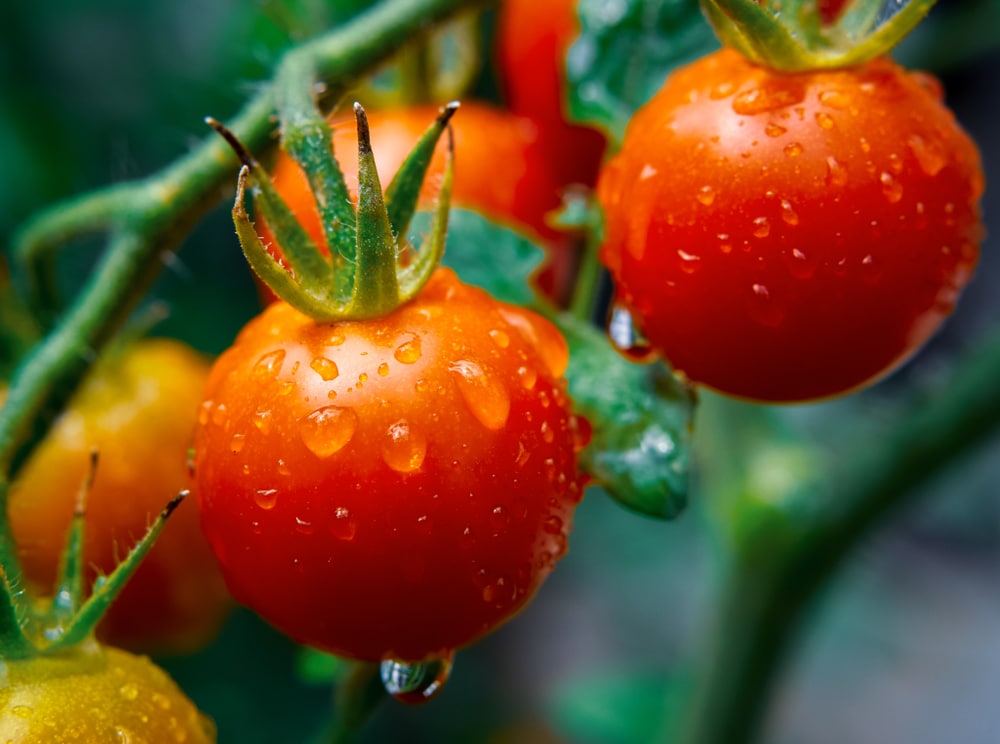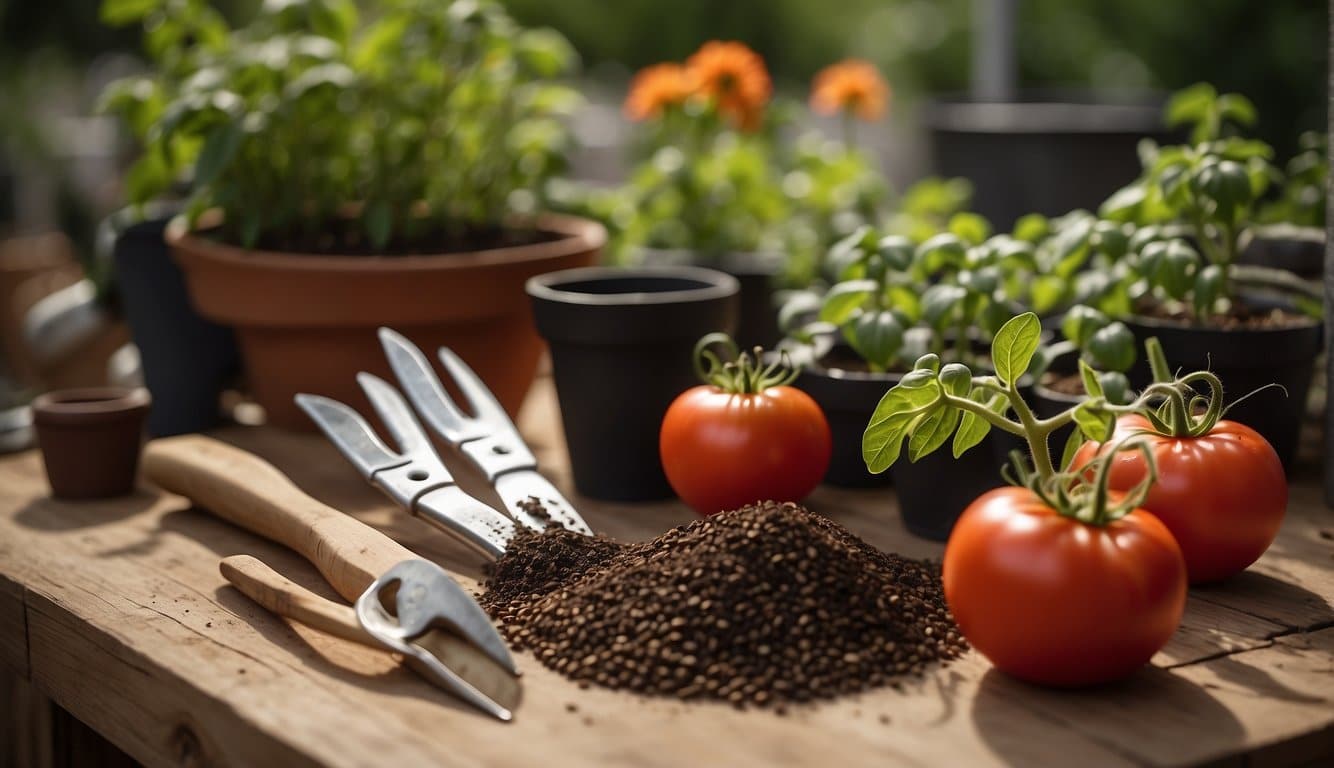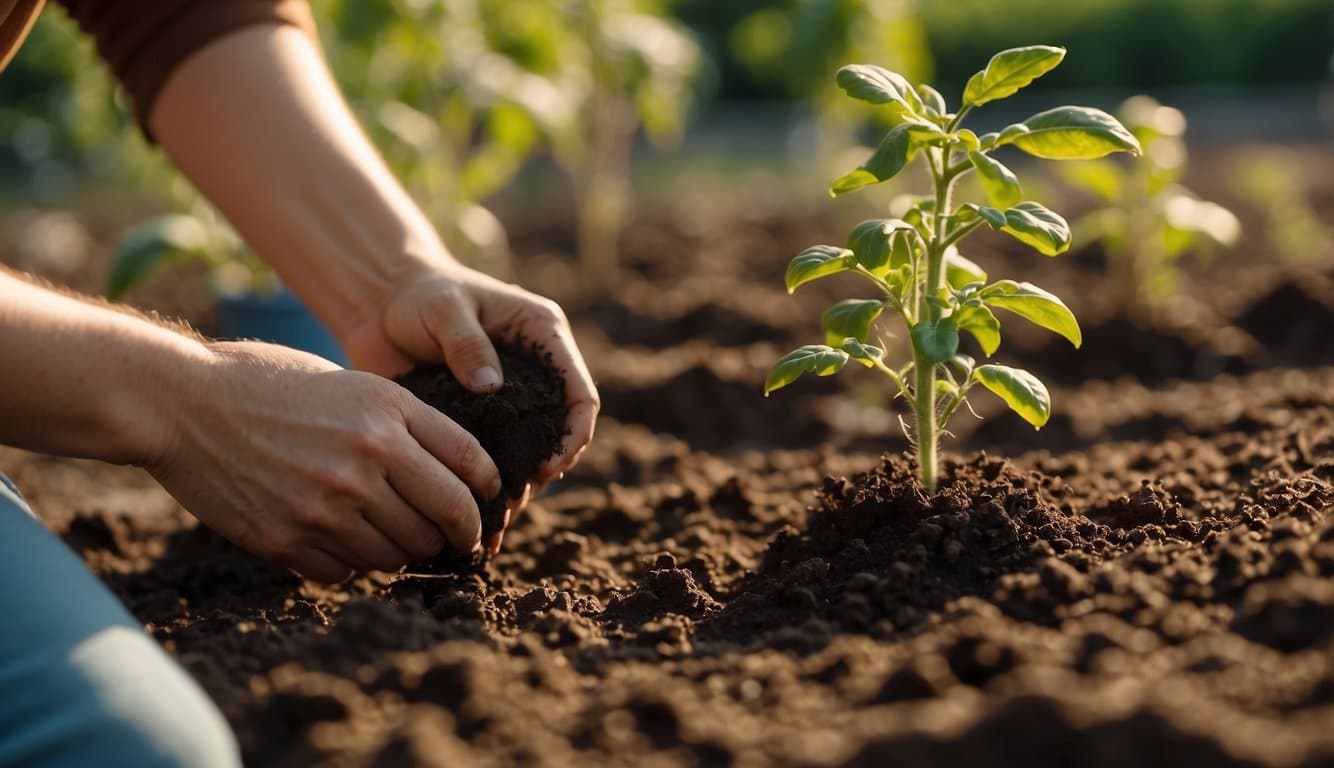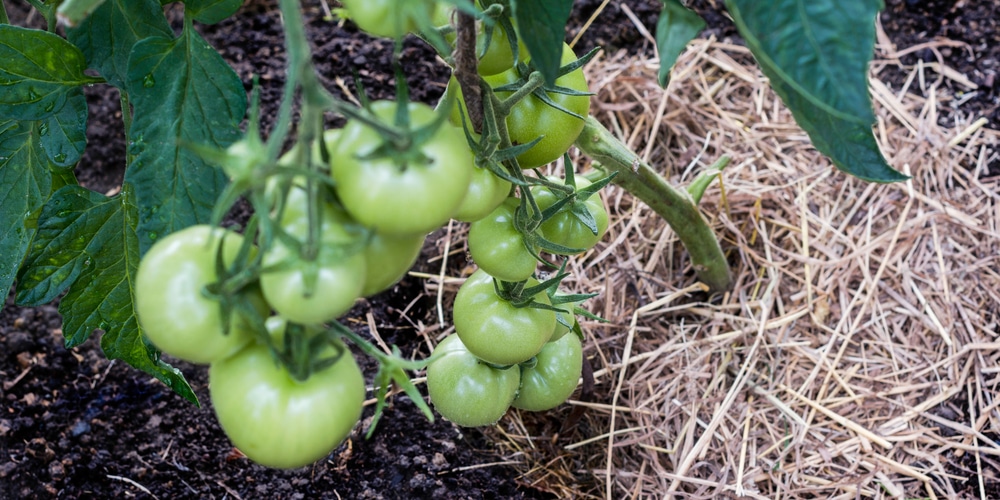| Question | What’s the best time of year to plant tomatoes in Massachusetts? |
|---|---|
| Answer | After the last frost, usually late May to early June. |
| More Info |
|
In Massachusetts, the planting season for tomatoes typically begins after the threat of frost has passed, which is generally in late May to early June for most parts of the state. Due to Massachusetts’ cooler spring temperatures, starting tomato seeds indoors about 6-8 weeks before the expected last frost date is highly recommended.
This approach gives the plants a head start and ensures they are strong enough for transplanting outdoors. Choosing varieties that mature within the local growing season and taking into account Massachusetts’ climate can significantly impact the success of your tomato harvest.
The Massachusetts Climate
When it comes to planting tomatoes in Massachusetts, it is important to understand the climate of the region.
Massachusetts has a humid continental climate, which is characterized by cold winters and warm summers.
The growing season typically starts in late spring and extends into early fall, providing a suitable environment for a variety of crops, including tomatoes.
The average annual temperature in Massachusetts is 48 degrees Fahrenheit, with the warmest month being July and the coldest month being January.
The state receives an average of 44 inches of rainfall per year, with the wettest month being March and the driest month being August.
In addition to the temperature and precipitation, it is important to consider the frost dates in Massachusetts when planting tomatoes.
The last frost date in Massachusetts typically falls in early to mid-April, which is the best time to start tomato seeds indoors. However, this can vary depending on the specific location and microclimate of your garden.
Determining the Best Planting Dates
When planting tomatoes in Massachusetts, there are two key factors to consider: the last frost date and soil temperature.
By taking these factors into account, gardeners can determine the best time to plant their tomato seedlings and ensure a successful harvest.
Last Frost Date
The last frost date is the date after which it is safe to plant tender crops like tomatoes outdoors.
In Massachusetts, the last frost date typically falls in mid to late April in zones 5b and 6a, while in zone 7a, it can be as early as late March.
Gardeners can consult the USDA hardiness zone map to determine their zone and estimate their last frost date.
To ensure a successful tomato harvest, gardeners should aim to plant their seedlings about 6 weeks after the last frost date. This will give the plants enough time to mature and produce fruit before the first fall frost.
Soil Temperature
In addition to the last frost date, gardeners should also consider soil temperature when planting tomatoes.
Tomatoes prefer warm soil, with a minimum temperature of 60°F. If the soil is too cold, the plants may not grow well or may be more susceptible to disease.
To ensure that the soil is warm enough for planting, gardeners can use a soil thermometer to measure the temperature at a depth of 4 inches.
If the soil temperature is below 60°F, gardeners can warm the soil by covering it with black plastic for a few days before planting.
Preparing for Planting
Before planting tomatoes in Massachusetts, it is important to properly prepare for the growing season. This includes selecting tomato varieties, seed starting indoors, and soil preparation.
Selecting Tomato Varieties
When selecting tomato varieties, it is important to consider the climate and growing conditions of Massachusetts.
Some tomato varieties that are well-suited for the region include Early Girl, Roma, and Celebrity. These varieties are known to be disease-resistant and produce high yields.
Seed Starting Indoors
To get a head start on the growing season, many gardeners in Massachusetts choose to start their tomato seeds indoors.
This allows the plants to mature before being transplanted outdoors.
It is recommended to start tomato seeds indoors approximately 6 weeks before the last frost date.
Soil Preparation
Proper soil preparation is essential for healthy tomato plants.
The soil should be well-draining and rich in organic matter. Before planting, it is recommended to amend the soil with compost or other organic matter.
Additionally, a soil test can help determine if any nutrients are lacking and need to be added.
Planting Techniques
When planting tomatoes in Massachusetts, there are two main techniques to consider: transplanting seedlings and direct sowing.
Each technique has its advantages and disadvantages, and the choice ultimately depends on the gardener’s personal preference and the specific growing conditions.
Transplanting Seedlings
Transplanting seedlings is a popular technique among gardeners in Massachusetts.
It involves starting the tomato seeds indoors, usually about 6 weeks before the last frost date, and then transplanting the seedlings into the garden once they have grown strong enough.
This technique allows for more control over the growing conditions and can result in earlier harvests.
To transplant seedlings, the gardener should first harden them off by gradually exposing them to outdoor conditions.
This involves placing the seedlings outside for a few hours each day, gradually increasing the amount of time they spend outside over the course of a week or two.
Once the seedlings have been hardened off, they can be transplanted into the garden.
It is important to transplant them deep enough so that the soil reaches the first set of leaves, as this will encourage strong root growth.
Direct Sowing
Direct sowing involves planting the tomato seeds directly into the garden, rather than starting them indoors.
This technique is often preferred by gardeners who want to simplify the growing process and avoid the hassle of transplanting seedlings.
It can also be a good option for gardeners who live in warmer areas of Massachusetts, where the growing season is longer.
To direct sow tomato seeds, the gardener should wait until the soil has warmed up to at least 60°F.
They should then plant the seeds about 1/4 inch deep and 2-3 feet apart.
It is important to keep the soil moist but not waterlogged, as too much water can lead to disease and rot.
Regardless of the technique used, it is important to provide the tomato plants with adequate support, such as stakes or cages, as they grow. This will help prevent the plants from bending or breaking under the weight of the fruit.
Ongoing Care and Maintenance
Watering
Tomatoes require consistent watering to grow properly.
Heavily water the plants once a week, making sure the soil is moist but not waterlogged. During dry spells, increase the frequency of watering.
Avoid getting the leaves wet, as this can lead to fungal diseases.
Watering early in the day allows the leaves to dry before nightfall, reducing the risk of disease.
Fertilizing
Fertilizing is crucial for tomato plants to produce healthy fruit.
Apply a balanced fertilizer, such as a 10-10-10 or 5-10-10, every two to three weeks during the growing season.
Avoid over-fertilizing, as this can lead to excessive foliage growth at the expense of fruit production.
Support Structures
Tomato plants need support structures to prevent the fruit from touching the ground and rotting.
Use stakes, cages, or trellises to support the plants.
Staking is the most common method for determinate tomato varieties, while cages or trellises are better suited for indeterminate varieties.
Make sure the support structure is sturdy enough to hold the weight of the plant and fruit.
Frequently Asked Questions
What is the ideal time frame for planting tomatoes in the Northeast region?
The ideal time frame for planting tomatoes in the Northeast region is after the last frost date, when the soil has warmed up to at least 60 degrees Fahrenheit.
This usually occurs in late April or early May, but can vary depending on your specific location and the weather conditions each year.
During which month do Massachusetts gardeners typically plant tomato seedlings outdoors?
Massachusetts gardeners typically plant tomato seedlings outdoors in late May or early June.
Tomatoes are a warm-weather crop and need at least six hours of sunlight per day to produce fruit. The soil should also be warm, so wait to plant until the average daytime temperature is above 60 degrees Fahrenheit.
What are the risks of planting tomatoes too early in Massachusetts?
Planting tomatoes too early in Massachusetts can be risky, as they need warm weather to grow and will not do well if planted too early in the season.
Additionally, planting before the last frost date can put your tomato plants at risk of damage or death due to frost.
Can you recommend the tomato varieties that thrive best in Massachusetts’ climate?
There are many tomato varieties that thrive in Massachusetts’ climate, but some of the best include Early Girl, Celebrity, and Big Beef.
These varieties are known for their ability to produce large, flavorful tomatoes even in cooler climates.
What are the last frost date considerations for planting tomatoes in Massachusetts?
The last frost date considerations for planting tomatoes in Massachusetts vary depending on your specific location.
You can find your local last frost date by checking with your local agricultural extension office or by using an online tool.
Once you know your last frost date, you can count back 6-8 weeks to determine when to start your tomato seedlings indoors.
How does the Massachusetts climate affect the tomato planting schedule?
The Massachusetts climate can affect the tomato planting schedule in a number of ways.
Cooler temperatures and shorter growing seasons mean that gardeners must be strategic about when they plant their tomatoes.
By waiting until after the last frost date and choosing varieties that are well-suited to cooler climates, Massachusetts gardeners can successfully grow healthy, flavorful tomatoes.
Last update on 2025-04-03 / Affiliate links / Images from Amazon Product Advertising API

